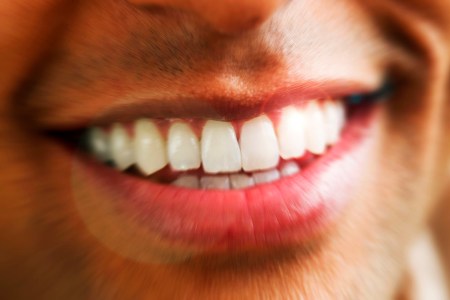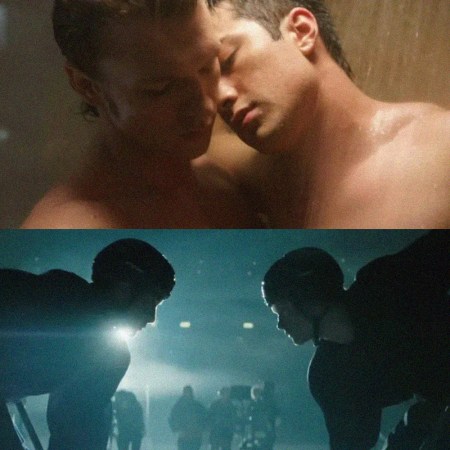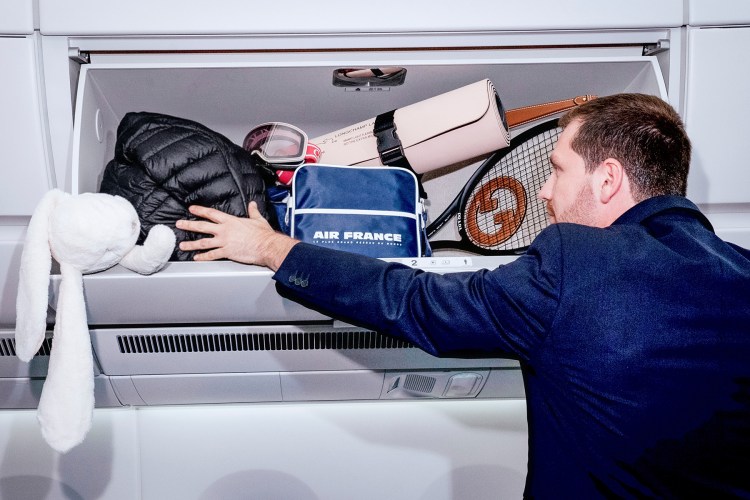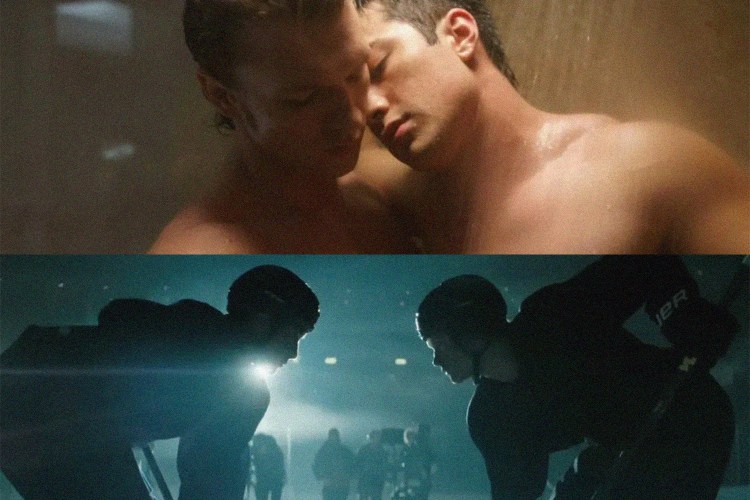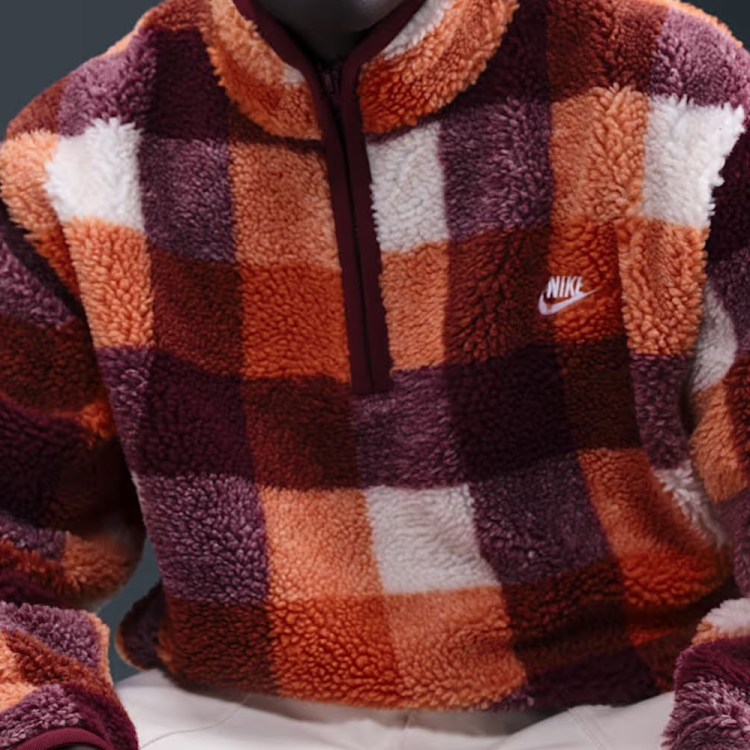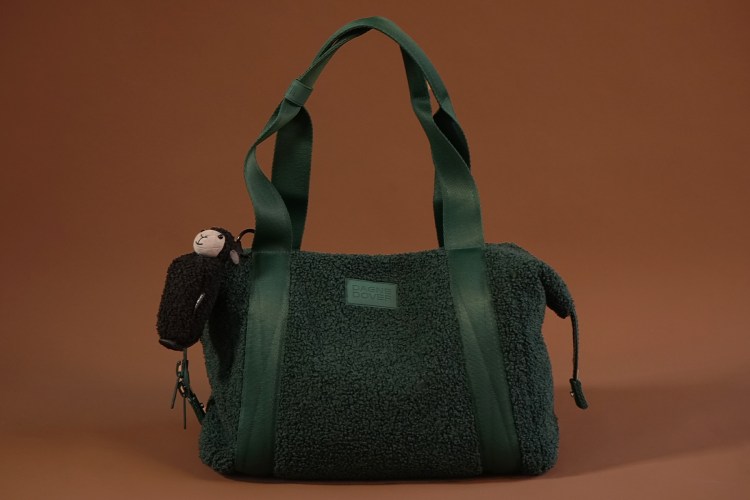Everyone looks the same these days. At least on my Instagram they do. With the excessive Botox and fillers, dramatic weight losses, buccal fat removal, filters and over-editing, it’s become nearly impossible to decipher what’s real, what’s been modified and what’s AI-generated. Despite my aversion to the many beauty trends currently dominating my social media feeds, there is one aesthetic procedure that stops me dead in my tracks every time I scroll: a person with eerily uniformed, blindingly bright veneers.
The look is unmistakable; I can only describe it as if one of those novelty wind-up chattering teeth toys has been implanted in a human being’s mouth. Usually, that human is a celebrity.
While nearly every A-list actor has a sparkly new pair of chompers, there are a few Hollywood smiles that draw more attention — and criticism — than others. (When I think of particularly rough-looking veneer jobs, singer Miley Cyrus, British actor Sam Claflin and their teeth that look awfully too big for their mouths spring to mind). You can find Reddit threads debating which celebrities have the worst veneers and internet campaigns begging celebrities like White Lotus star Aimee Lou Wood to keep their natural teeth. There are even entire TikTok accounts dedicated to the discussion of veneers.
Dr. Sara Hahn has seen a lot of terrible orthodontic work. As a prosthodontist — a specialty of dentistry that requires three additional years of residency after dental school — Hahn specializes in more complex dental cases, including fixing veneer work that has gone wrong.
She also runs a popular TikTok account called @Veneercheck where she provides information on veneers and insights into celebrities’ dentist work. As a former dentist professor, Hahn also uses her TikTok account to battle the mountains of dentistry misinformation circulating online. She recalls a specific patient of hers who had traveled to Florida and paid a large sum of money to a dental provider who she had found on Instagram for 20 veneers.
“She was in about 12 months of excruciating pain because of the work that this person had done, but he had half a million followers,” Hahn says.
This is a part of the problem, Hahn tells me. “Something a lot of people don’t know is that anybody can just call themselves an aesthetic dentist,” she says.
Since veneers are not covered by insurance, selling a veneer package (which could involve anywhere from two to eight veneers) is quite lucrative for dental practices — and is likely the reason why they’re overprescribed. Another part of the problem? People want veneers without knowing exactly what they are.
“A veneer is basically like laminate wood. People put a veneer wood on top of a different wood to make it look better, right? So a veneer is just putting something on the surface of something else to make it look better,” Hahn explains.
There are two categories of veneers: composite and porcelain. Composite veneers are usually added onto the tooth, and don’t require shaving your natural teeth down. With porcelain veneers, patients can opt for no-prep veneers where a porcelain veneer, which Hahn compares to a “contact lens” is applied to the top of the tooth — or you can shave the tooth down and then glue the contact lens-like piece on. The problem, Hahn explains, lies in the case selection.
Do Any At-Home Teeth-Whitening Products Actually Work? A Dentist Weighs In.
One old, simple solution is still the most reliable product on the market“If somebody has bulky teeth and they do a no-prep veneer, that’s when you get that horse-like appearance where they’re too big [for their mouth].” she says. “The other problem is that when people are shaving down the tooth, if you are not skilled at this, you’re gonna overshave the tooth and that’s when you damage the underlying tooth structure unnecessarily.” This creates a host of problems, including bone loss around the front teeth and nerve damage. You won’t be able to eat hot or cold foods or bite into anything. You also could develop a lisp due to your veneers being too long. They can also pop off or chip. “It’s like a dinner plate,” says Hahn.
The potential health-related risks aside, though, there’s also the fact that a lot of veneers simply look bad. Unnatural. uncanny valley-like. And maybe worst of all — boring. “I’m just kind of tired of everybody looking the same,” she adds. “Your teeth don’t have to look like that.” And most Hollywood teeth didn’t look like that. Watch any film from the ’90s or early aughts and you’ll find refreshingly normal-looking faces and features.
“Julia Stiles in 10 Things I Hate About You is my favorite example because she had one canine that was a little bit more forward,” Hahn adds. “It’s refreshing when people look unique and don’t just look like carbon copies.”
If you’re feeling insecure about your smile, there are other ways of freshening it up (ways that don’t involve shaving your teeth down to spooky little stubs). Whitening strips are still one of the most effective and affordable ways to brighten your smile. Or you could consider other orthodontic work, like braces or Invisalign that can fix overcrowding and gaps.
Though, in a culture where everyone is starting to look freakishly the same, you might want to take stock of the natural features that distinguish you from the clones. A gap between your teeth or a protruding canine gives you something our beauty standards are desperately lacking these days: character.
The Charge will help you move better, think clearer and stay in the game longer. Subscribe to our wellness newsletter today.


